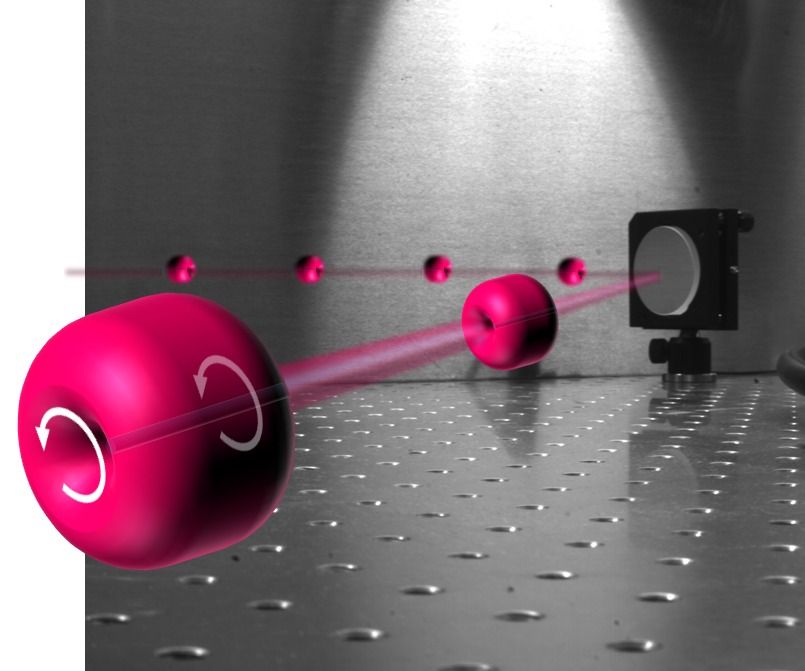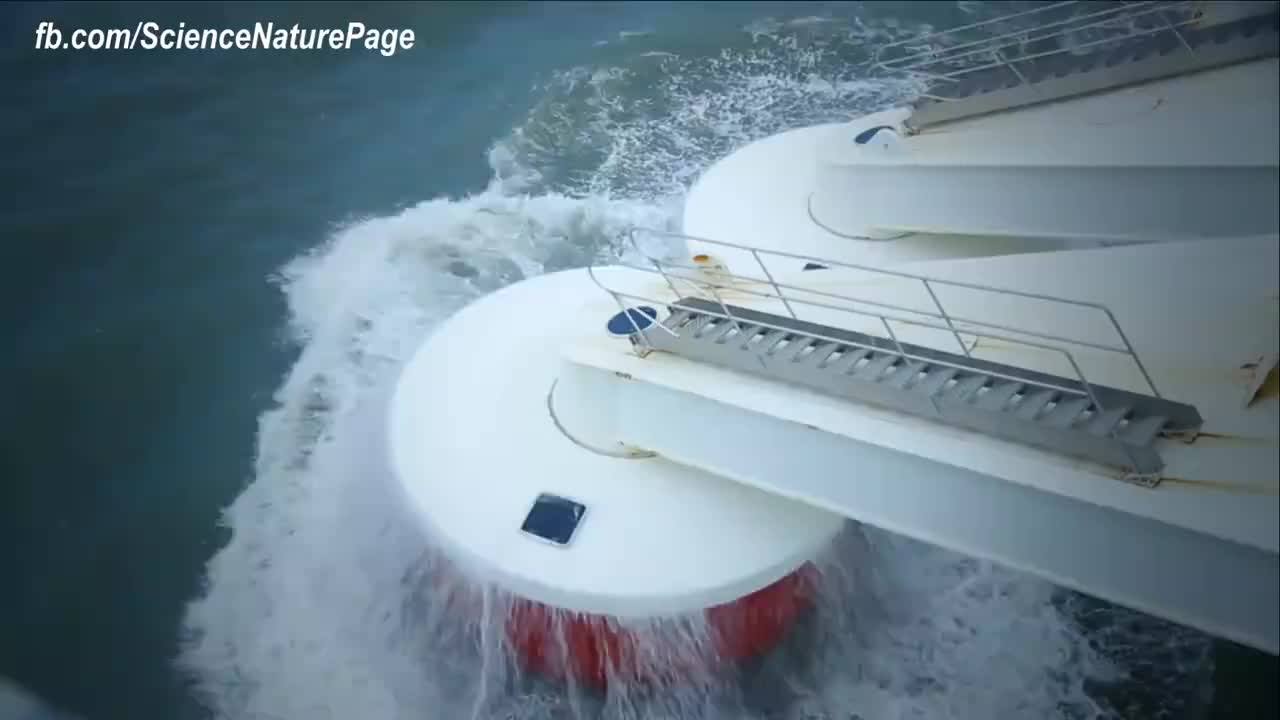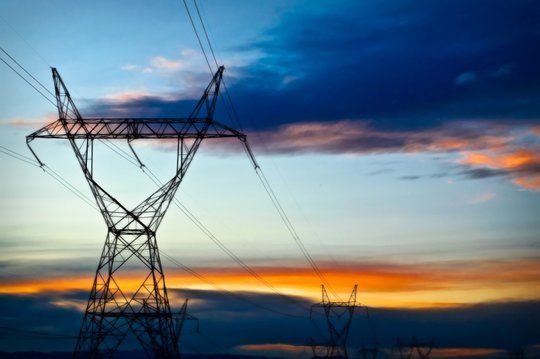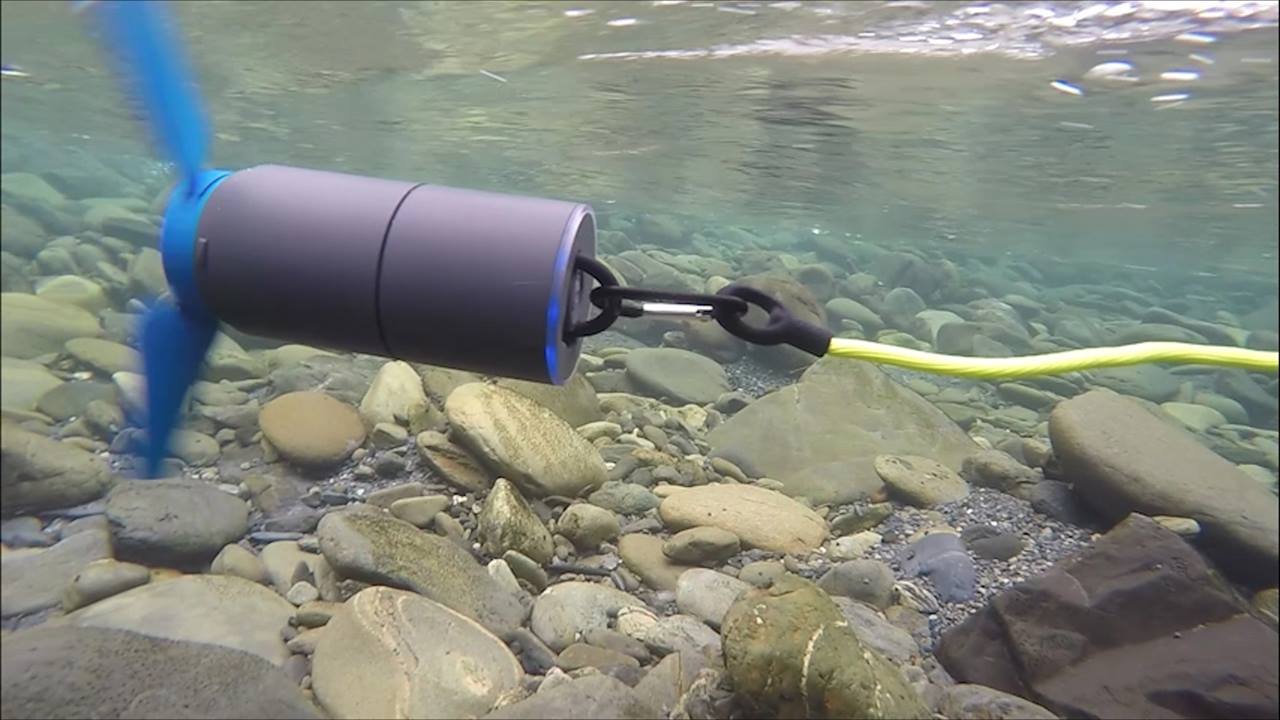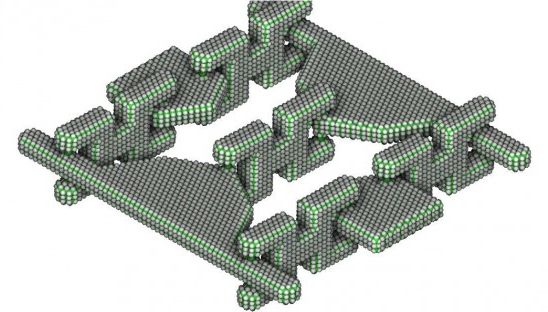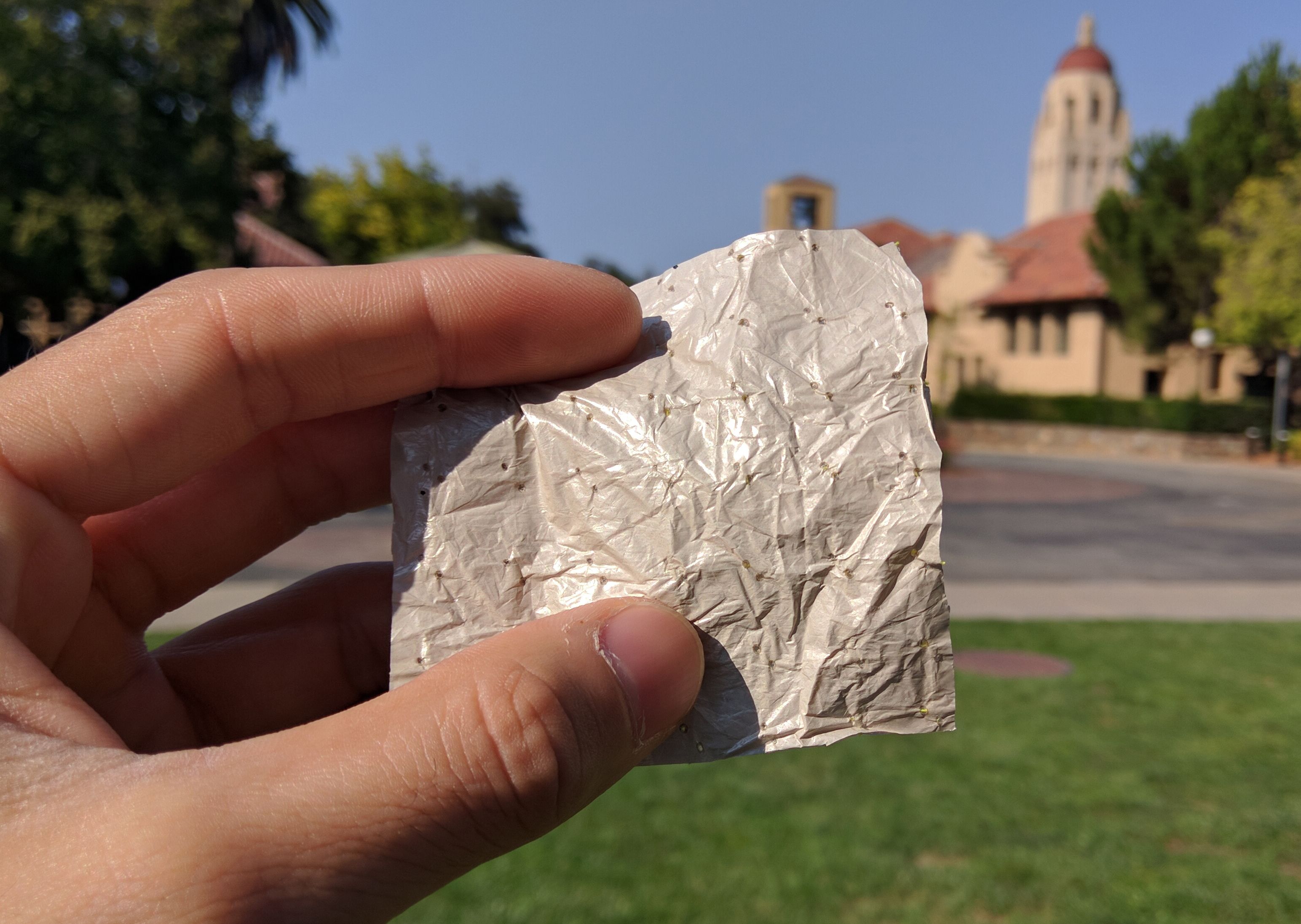Sep 10, 2016
Physicists discover ‘smoke rings’ made of laser light
Posted by Shailesh Prasad in categories: energy, physics
Most basic physics textbooks describe laser light in fairly simple terms: a beam travels directly from one point to another and, unless it strikes a mirror or other reflective surface, will continue traveling along an arrow-straight path, gradually expanding in size due to the wave nature of light. But these basic rules go out the window with high-intensity laser light.
Powerful laser beams, given the right conditions, will act as their own lenses and “self-focus” into a tighter, even more intense beam. University of Maryland physicists have discovered that these self-focused laser pulses also generate violent swirls of optical energy that strongly resemble smoke rings. In these donut-shaped light structures, known as “spatiotemporal optical vortices,” the light energy flows through the inside of the ring and then loops back around the outside.
The vortices travel along with the laser pulse at the speed of light and control the energy flow around it. The newly discovered optical structures are described in the September 9, 2016 issue of the journal Physical Review X.
